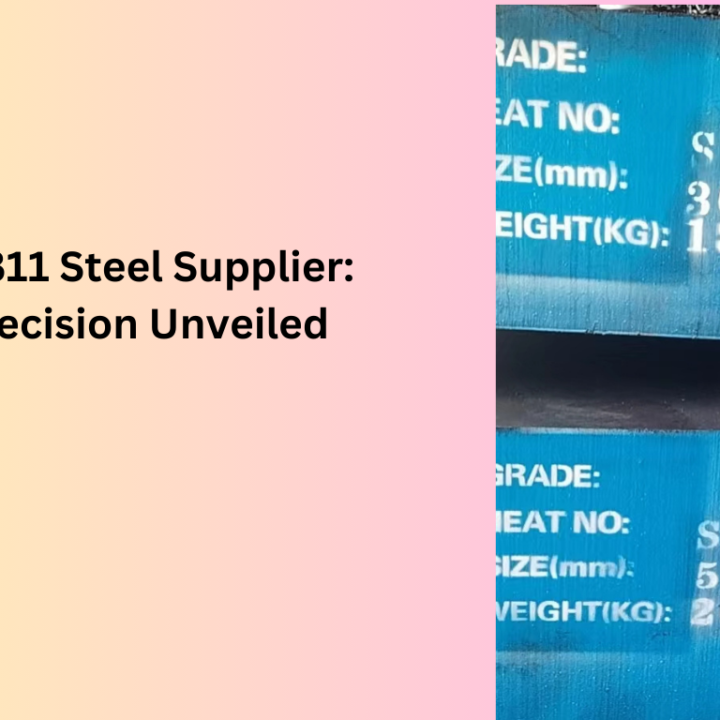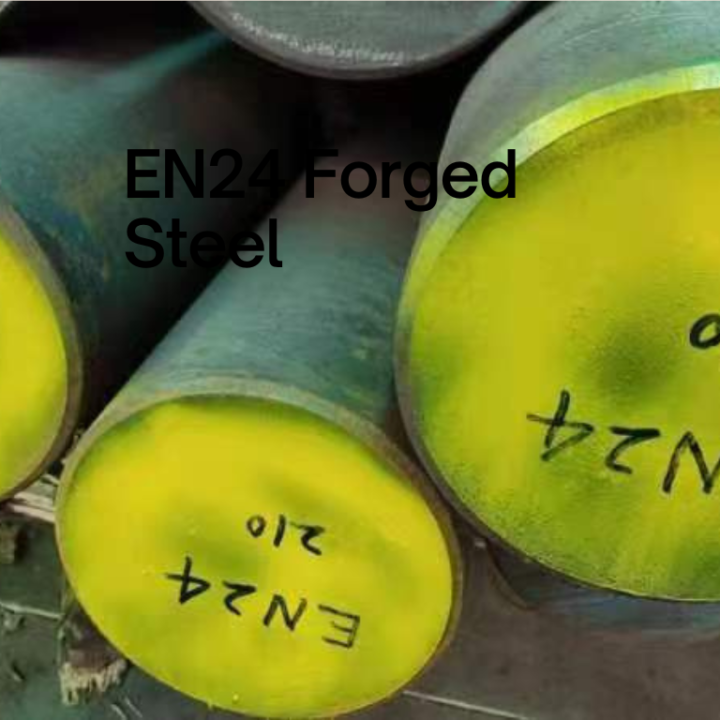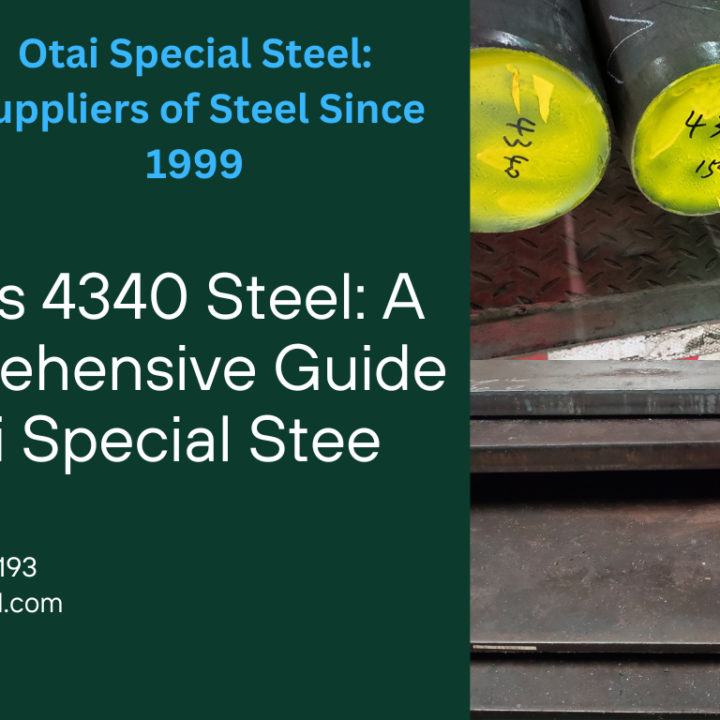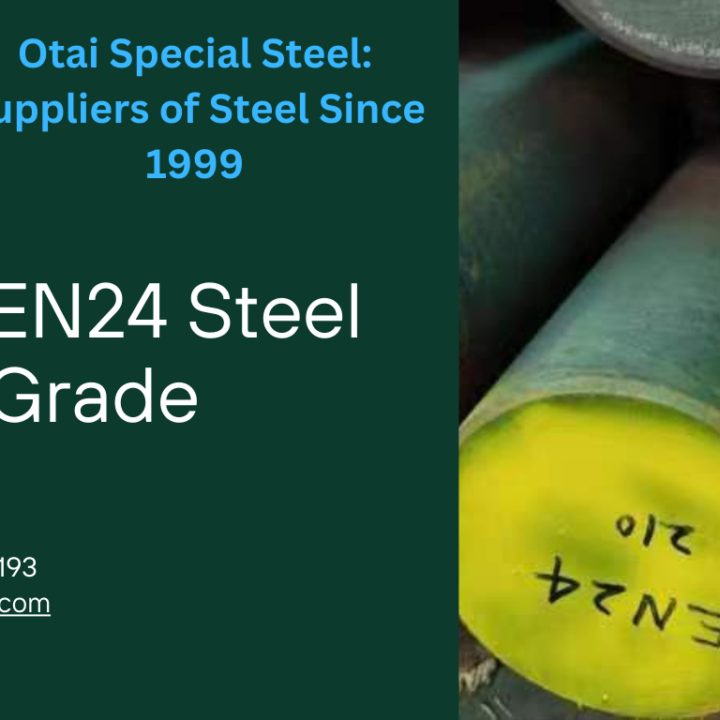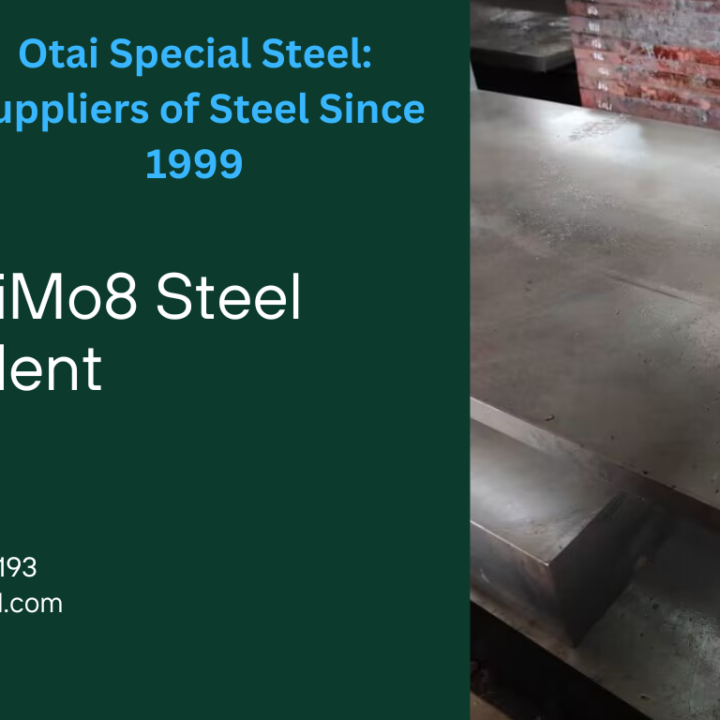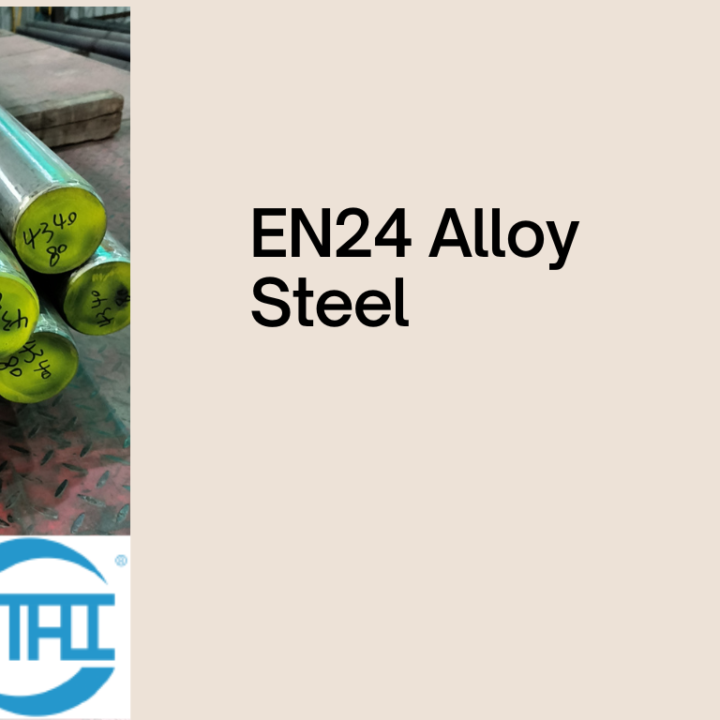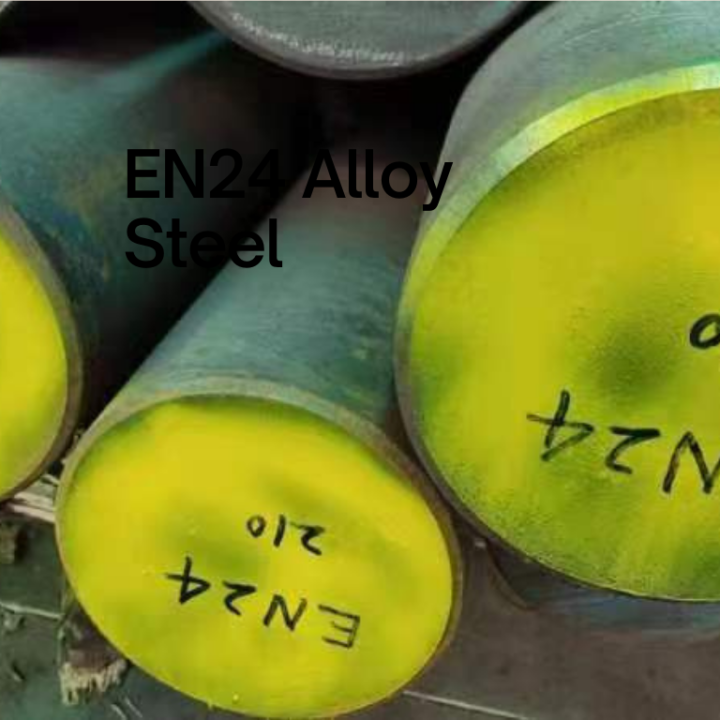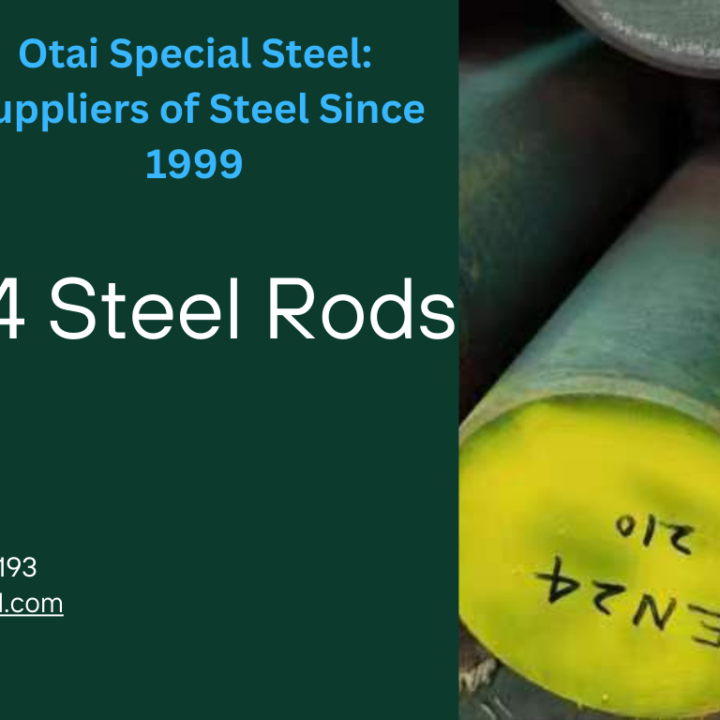Special steel is generally considered to be a steel that has a special chemical composition (alloying), is produced by a special process, has special organization and properties, and can meet special needs. Special steels have higher strength and toughness, physical properties, chemical properties, biocompatibility and process properties than ordinary steel.
In fact, in our normal life, the production of finished steel products that we are in contact with is also processed through various processes. So what are the special steel processing classifications?
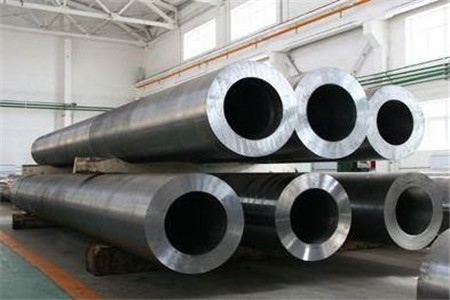 1.Carbon steel
1.Carbon steel
Carbon steel is also commonly referred to as carbon steel, and is an iron-carbon alloy having a carbon content wc of less than 2%. Carbon steel generally contains a small amount of silicon, manganese, sulfur, and phosphorus in addition to carbon. According to the use, carbon steel can be divided into three categories: carbon structural steel, carbon tool steel and free cutting structural steel. Carbon structural steel can be divided into two types: building structural steel and machine-made structural steel. According to the carbon content, the carbon steel can be divided into low carbon steel (wc≤0.25%), medium carbon steel (wc≤0.25%-0.6%) and high carbon steel (wc>0.6%) according to phosphorus and sulfur content. Plain steel is divided into ordinary carbon steel (high in phosphorus and sulfur), high-quality carbon steel (low in phosphorus and sulfur) and high-quality steel (low in phosphorus and sulfur).
2. Carbon tool steel
Carbon tool steel is a kind of high carbon steel which is basically free of alloying elements. Its carbon content is in the range of 0.65% to 1.35%. Its production cost is low, the source of raw materials is easy to obtain, and the machinability is good. It is a widely used steel grade for high hardness and high wear resistance, and is used to manufacture various cutting tools, molds and measuring tools. However, such steels have poor red hardness, that is, when the working temperature is higher than 250 ° C, the hardness and wear resistance of the steel are drastically lowered and the working ability is lost. In addition, carbon tool steels are hard to harden if they are made into larger parts, and are prone to deformation and cracking.
3. Ordinary low alloy steel
Ordinary low alloy steel is a common alloy steel containing a small amount of alloying elements (in most cases, the total amount w is not more than 3%). The strength of the steel is relatively high, the overall performance is relatively good, and has corrosion resistance, wear resistance, low temperature resistance, good cutting performance, welding performance and the like. Under the condition of saving a lot of scarce alloying elements (such as nickel and chromium), ordinary low-alloy steel can be used in the top 1.2-1.3t carbon steel, and its service life and use range is far more than carbon steel. Ordinary low-alloy steel can be smelted in open furnaces and converters by general smelting methods, and the cost is also close to that of carbon steel.
4. Alloy steel for engineering structure
This refers to alloy steel for engineering and building structures, including weldable high-strength alloy structural steel, alloy steel, alloy steel for railways, alloy steel for pressure steel for geological oil drilling, and high-manganese wear-resistant steel.
This type of steel is used as engineering and building structural parts. In alloy steel, the total amount of such steel alloys is low, but the production and use amount is large.
